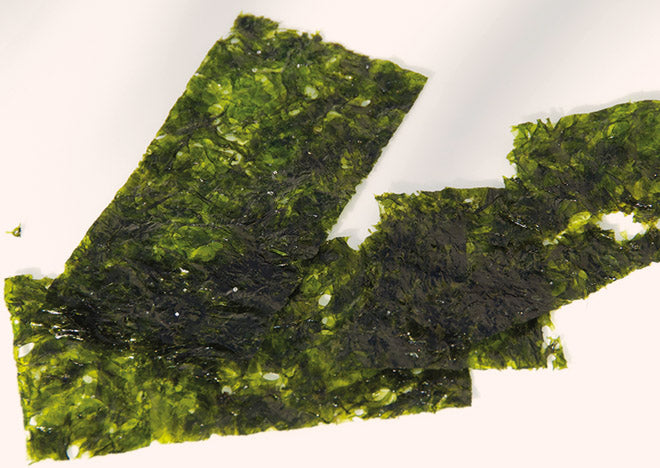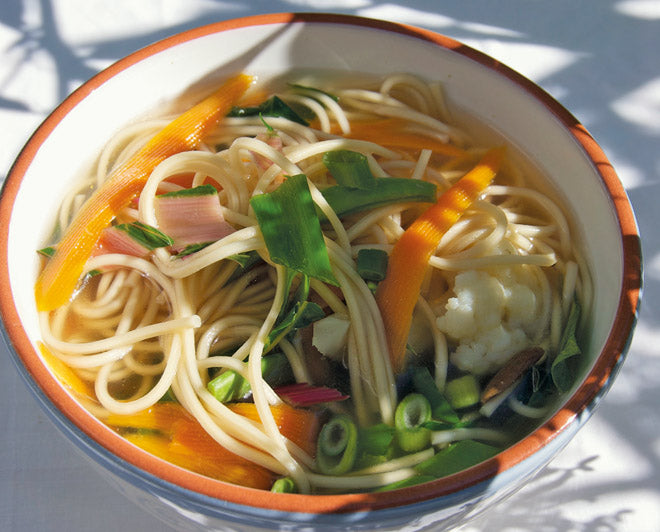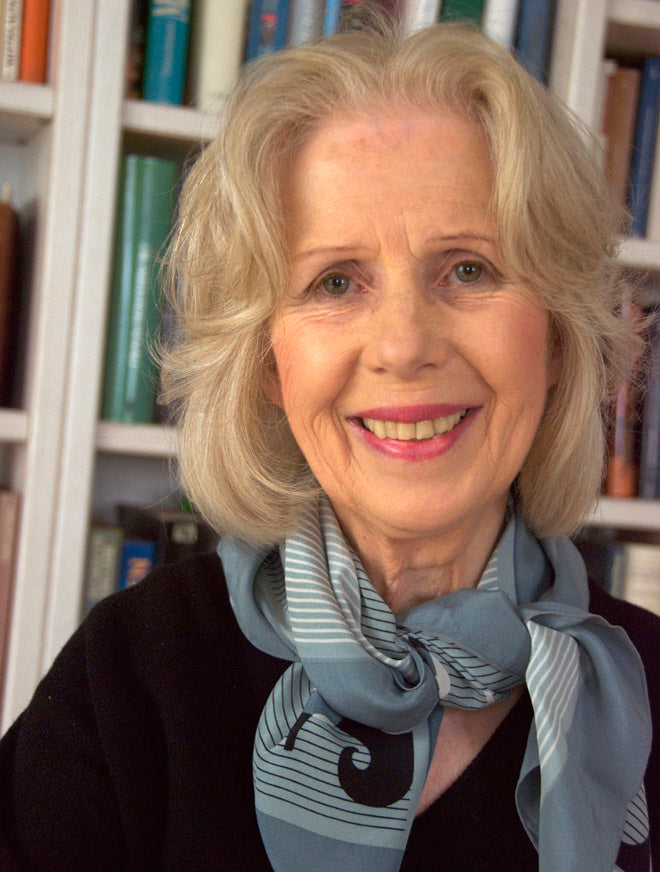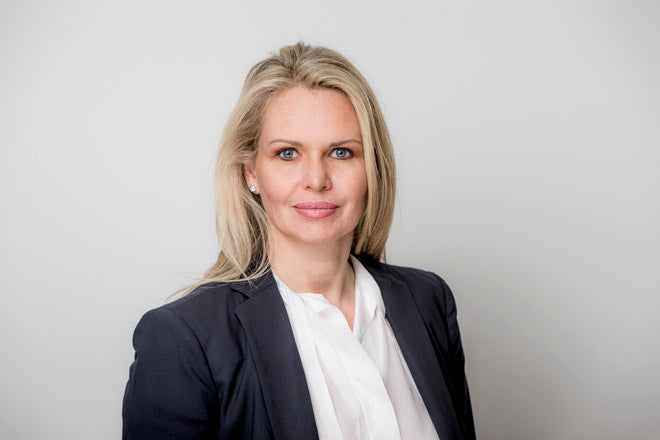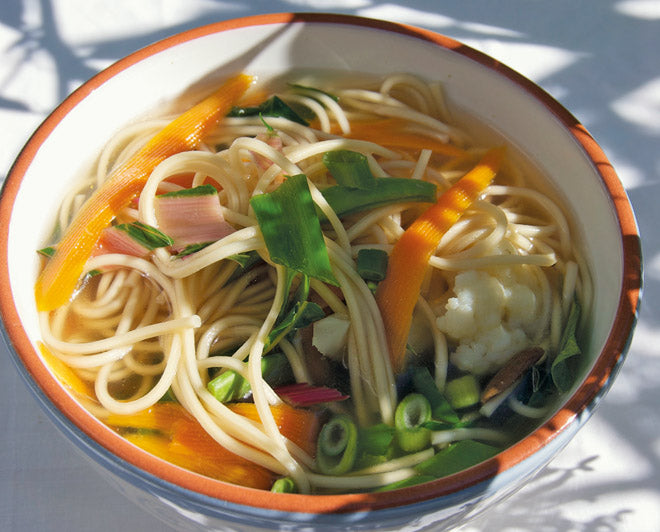
Power vegetables from the ocean
Power vegetables from the ocean
Dr. Barbara Rias-Bucher shows in her new book why algae are so valuable for a balanced diet
It was only the sushi boom that drew attention back to the nutritious sea plants. Sea vegetables and algae can be used as medicine, as a seasoning and as a vegetarian alternative.
The food of the past and the future
Algae are amazing plants: they include the longest organisms on earth as well as tiny creatures that can only be seen under a microscope. They clean the oceans by binding heavy metals and, like all plants, they produce oxygen from carbon dioxide. Certain types of algae promote the formation of coral reefs and thus help to repair environmental damage caused by humans.
For thousands of years, sea plants have also been part of the everyday diet of people on the coasts of Asia and Europe. The so-called sea vegetables became known through the macrobiotic diet. Thanks to this nutritional concept, dried seaweed is very easy to get in health food stores and organic supermarkets. In general, a macrobiotic diet should combine foods from the sea with plants that grow above ground. Seaweed is also considered the food of the future, which supplies large numbers of people with vital nutrients and could stop the increasing overfishing of the seas.
Vegetables from the sea
Algae are among the oldest living things on the planet and make up about 95 percent of marine vegetation. The only sea vegetables that are actually considered sea vegetables are macroalgae, which are divided into three main groups: brown algae, red algae and green algae. Algae production has been one of Japan's key industries since the 1980s, and the extraction of algae as a commercial commodity dates back to the Middle Ages.
Natural seaweed stocks and traditional production methods are no longer sufficient to meet the global demand of more than nine million tons of sea vegetables per year. The most important producing countries are China, Japan, Indonesia, the Philippines, Chile, North and South Korea and - albeit in much smaller quantities - France (Brittany), Ireland, Great Britain, Norway (North Atlantic) and the island of Sylt.
Nutrition and health expert Dr. Barbara Rias-Bucher recommends paying attention when buying whether the plants grow wild or come from aquaculture. The largest selection of dried sea vegetables is available in Asian, especially Japanese, grocery stores and supermarkets; they also sell pickled sea vegetables as a salad. The macrobiotic shelves in organic supermarkets are also very well stocked with dried seaweed, and products containing microalgae can be found in the food supplements section.
Algae on the menu
"We recognize the value of a food by looking at plants from the sea - not only because good quality comes at a price, but because the selection and preparation of sea vegetables requires a high degree of mindfulness," emphasizes Rias-Bucher. Unlike people in East Asia, we have not been used to a diet rich in algae for thousands of years. Sea vegetables are therefore mainly used as a medicine, as a seasoning and as a vegetarian alternative to fish and seafood.
Dried algae and sea vegetables can be kept for years because the minerals in them act as a natural preservative. Fresh sea vegetables, like fish, must be used quickly. Not only because they spoil and can therefore be harmful to health, but also because the taste suffers greatly. Fresh algae that has been stored for too long tastes unpleasantly oily.
"Sea vegetables are very healthy, but due to their high iodine content they are not intended for daily consumption," says the cookbook author, who recommends: "Eat sea vegetables just like sea fish once or twice a week. Then you will be supplied with important proteins and fatty acids, minerals and the trace element iodine." This can be achieved in a varied and enjoyable way using traditional and modern recipes from Asia and Europe.
Book tip:
Dr. Barbara Rias-Bucher: Sea vegetables and algae. Compact guide. Healthy foods from the ocean. Mankau Verlag, 1st edition July 2017, paperback, 11.5 x 16.5 cm, full color, 127 pages, 8.99 euros (D) │ 9.20 euros (A), ISBN 978-3-86374-386-4.
Link recommendations:
More information about the book "Sea Vegetables and Algae"
To the reading sample in PDF format
More about the author Dr. Barbara Rias-Bucher
To the Internet forum with Dr. Barbara Rias Bucher
